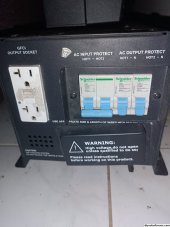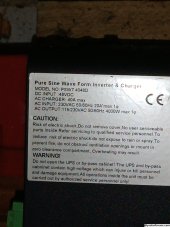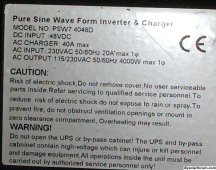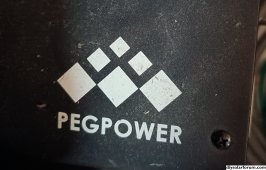Newbie here. I am trying to purchase a battery. It's 5kwh. 48v 100ah but with only 50amp max discharge and 25amp standard charge/discharge. Is this a good battery? A so called Powerwall. Seems like many of the ones here in Jamaica have this rating. I I notice rack batteries like EG4 will do 100amps, but not here unless you spend a lot more for someone to import. Any advice?
It's gonna be paired with a 4000 watt inverter, and 2700w of Solar. Will be doing a separate load panel to keep within the battery capacity.
Advice appreciated.
Battery on vendor site
or File with specs attached.
It's gonna be paired with a 4000 watt inverter, and 2700w of Solar. Will be doing a separate load panel to keep within the battery capacity.
Advice appreciated.
Battery on vendor site
or File with specs attached.






